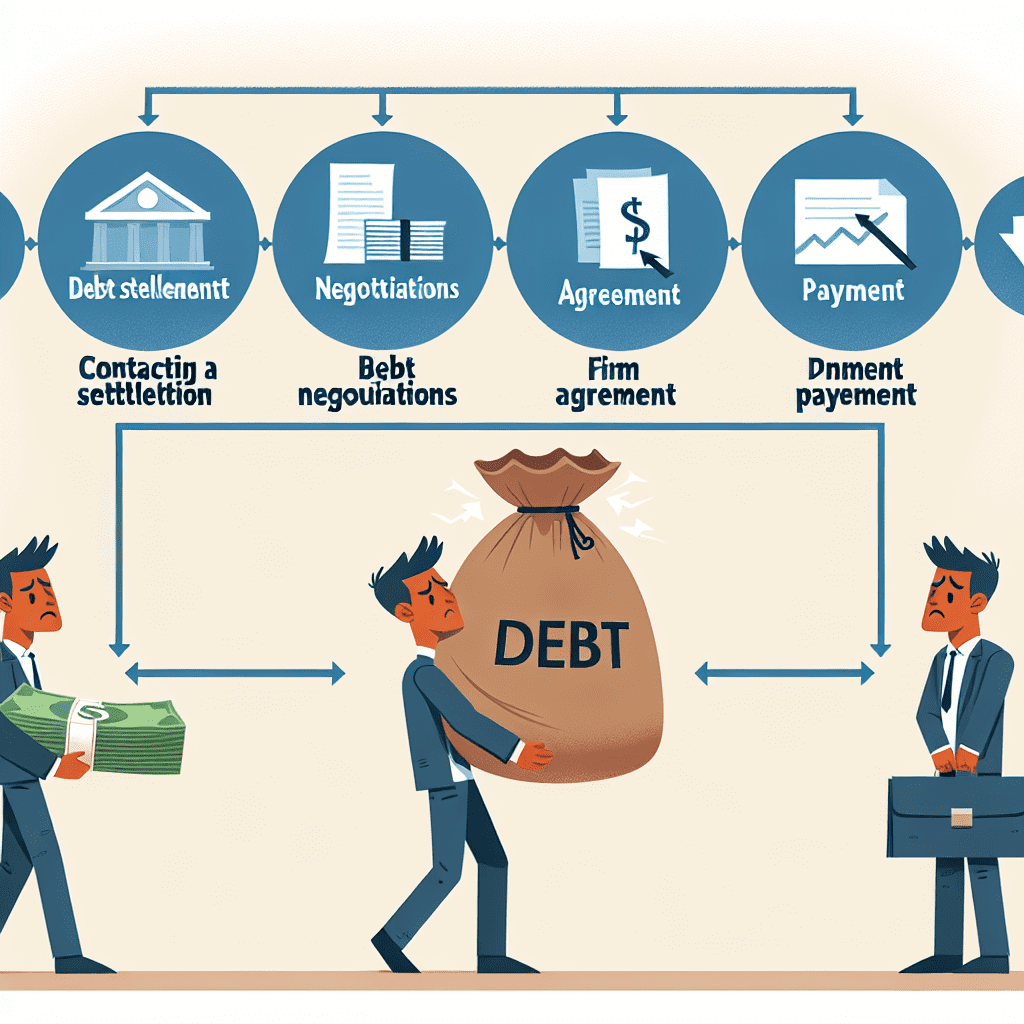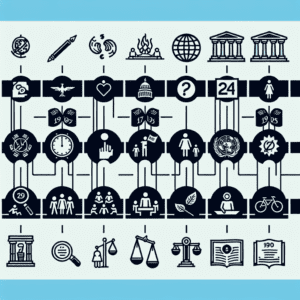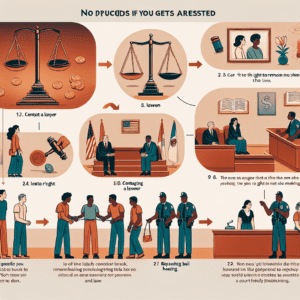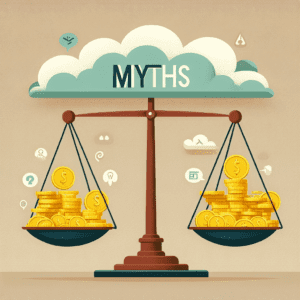“Settle Your Debt for Less – Take Control of Your Financial Future!”
Understanding Debt Settlement: How to Reduce What You Owe
Debt settlement is a financial strategy that allows individuals to reduce the total amount they owe by negotiating with creditors. This process can be an effective way to manage overwhelming debt, particularly for those struggling to make minimum payments or facing financial hardship. By understanding how debt settlement works, individuals can make informed decisions about whether this approach is suitable for their financial situation.
At its core, debt settlement involves negotiating with creditors to accept a reduced payment as full satisfaction of the outstanding balance. This is typically done through a lump-sum payment or a structured repayment plan. Creditors may agree to settle a debt for less than the full amount owed because they recognize that receiving a partial payment is preferable to the risk of non-payment or bankruptcy. However, the process requires careful planning, patience, and often the assistance of a professional debt settlement company or financial advisor.
To begin the settlement process, individuals must first assess their financial situation and determine which debts are eligible for negotiation. Unsecured debts, such as credit card balances, medical bills, and personal loans, are the most common types of debt that can be settled. Secured debts, such as mortgages or auto loans, are generally not eligible because they are backed by collateral. Once eligible debts are identified, the next step is to stop making payments to creditors and instead set aside funds to offer as a settlement. While this approach can negatively impact credit scores, it is often necessary to demonstrate financial hardship and encourage creditors to negotiate.
During the negotiation phase, individuals or their representatives communicate with creditors to propose a reduced payment. Creditors may initially reject offers or counter with higher amounts, requiring persistence and strategic negotiation. It is important to document all communications and agreements in writing to ensure clarity and prevent misunderstandings. If an agreement is reached, the creditor will typically provide a written confirmation outlining the terms of the settlement, including the amount to be paid and the deadline for payment.
Once the settlement amount is paid, the creditor will consider the debt resolved, and the account will be marked as “settled” on the individual’s credit report. While this status is generally less favorable than “paid in full,” it is still preferable to having an account in default or sent to collections. Over time, individuals can work to rebuild their credit by making timely payments on remaining debts and practicing responsible financial habits.
It is important to note that debt settlement is not without risks. The process can significantly impact credit scores, and forgiven debt may be considered taxable income by the IRS. Additionally, some creditors may refuse to negotiate, requiring individuals to explore alternative debt relief options such as debt consolidation or credit counseling. For those considering professional debt settlement services, it is essential to research reputable companies, verify their credentials, and understand any associated fees before proceeding.
Ultimately, debt settlement can be a viable solution for individuals seeking to reduce their financial burden and regain control of their finances. By carefully evaluating their options, negotiating effectively, and planning for the future, individuals can work toward financial stability and a debt-free life.
Pros and Cons of Debt Settlement: Is It the Right Choice for You?
Debt settlement can be an appealing option for individuals struggling with overwhelming financial obligations, offering a way to reduce the total amount owed and achieve financial relief. However, like any financial strategy, it comes with both advantages and disadvantages that must be carefully considered before making a decision. Understanding the potential benefits and drawbacks of debt settlement can help determine whether it is the right choice for your specific financial situation.
One of the most significant advantages of debt settlement is the potential to reduce the total amount of debt owed. By negotiating with creditors, individuals may be able to settle their debts for a fraction of the original balance, which can provide much-needed financial relief. This reduction can make it easier to pay off outstanding obligations and regain financial stability more quickly than if the full amount had to be repaid. Additionally, debt settlement can help avoid bankruptcy, which has more severe and long-lasting consequences on credit and financial opportunities.
Another benefit is the possibility of a faster resolution compared to other debt repayment strategies. While traditional repayment plans may take several years to complete, debt settlement can often be resolved within two to four years, depending on the individual’s financial situation and the willingness of creditors to negotiate. This shorter timeline can provide a quicker path to financial freedom and reduce the stress associated with prolonged debt repayment.
Furthermore, debt settlement can offer a structured approach to managing financial difficulties. Many individuals struggling with debt find it challenging to keep up with multiple payments, interest rates, and due dates. By working with a debt settlement company or negotiating directly with creditors, individuals can consolidate their efforts into a single settlement process, making it easier to manage and track progress.
Despite these advantages, debt settlement also has notable drawbacks that must be carefully weighed. One of the most significant concerns is the impact on credit scores. When individuals enter a debt settlement program, they typically stop making payments to creditors while negotiations are ongoing. This can result in late payments and delinquent accounts being reported to credit bureaus, leading to a significant drop in credit scores. The negative impact on credit can last for several years, making it more difficult to obtain loans, credit cards, or favorable interest rates in the future.
Additionally, there is no guarantee that creditors will agree to settle for less than the full amount owed. Some creditors may refuse to negotiate, requiring individuals to continue making full payments or seek alternative solutions. Even when settlements are reached, forgiven debt may be considered taxable income by the IRS, potentially leading to unexpected tax liabilities.
Another potential drawback is the cost associated with debt settlement services. Many debt settlement companies charge fees for their assistance, which can reduce the overall savings achieved through the settlement process. It is essential to carefully review the terms and fees of any debt settlement program before committing to ensure that the financial benefits outweigh the costs.
Ultimately, deciding whether debt settlement is the right choice depends on individual financial circumstances, goals, and the willingness to accept potential risks. While it can provide significant relief and a faster path to debt resolution, it also carries financial and credit-related consequences that must be carefully considered. Exploring all available options, including credit counseling and debt management plans, can help ensure that the best decision is made for long-term financial health.
Step-by-Step Guide to Negotiating Debt Settlements Successfully
Negotiating a debt settlement can be a viable solution for individuals struggling with overwhelming financial obligations. By reaching an agreement with creditors to pay less than the total amount owed, debtors can regain financial stability while avoiding the long-term consequences of default or bankruptcy. However, successfully negotiating a settlement requires careful planning, strategic communication, and a clear understanding of the process.
The first step in negotiating a debt settlement is assessing your financial situation. Before contacting creditors, it is essential to review all outstanding debts, income sources, and necessary expenses. This evaluation will help determine how much can realistically be offered as a settlement. Additionally, understanding the total amount owed and the status of each account—whether it is current, delinquent, or in collections—will provide insight into which debts may be more negotiable. Creditors are often more willing to settle accounts that are significantly past due, as they may prefer to recover a portion of the debt rather than risk receiving nothing.
Once a clear financial picture has been established, the next step is to initiate communication with creditors or collection agencies. It is advisable to contact them in writing or by phone, expressing a willingness to resolve the debt through a lump-sum payment or structured settlement. When making an offer, starting with a lower amount than what can actually be afforded allows room for negotiation. Creditors may counter with a higher figure, and reaching a mutually acceptable agreement often requires multiple discussions. Throughout this process, maintaining a professional and respectful tone is crucial, as a cooperative approach increases the likelihood of a favorable outcome.
After an initial offer has been made, creditors may request financial documentation to assess the debtor’s ability to pay. Providing accurate information about income, expenses, and financial hardships can strengthen the case for a reduced settlement. If a creditor agrees to a settlement amount, it is imperative to obtain written confirmation before making any payments. This written agreement should clearly outline the terms, including the amount to be paid, the payment deadline, and confirmation that the remaining balance will be forgiven. Without this documentation, there is a risk that the creditor may later attempt to collect the remaining balance.
Once the settlement agreement is in place, making the agreed-upon payment on time is essential to ensuring the debt is resolved as expected. If the settlement involves multiple payments, adhering to the schedule is critical to avoiding any potential disputes. After the final payment has been made, requesting a written confirmation that the debt has been satisfied is advisable. Additionally, checking credit reports to ensure the account is updated correctly can help prevent future issues.
While debt settlement can provide financial relief, it is important to consider its potential impact on credit scores. Settled accounts are typically reported as “settled for less than the full amount,” which may negatively affect creditworthiness. However, for individuals already facing delinquent accounts, settling debts can be a step toward rebuilding financial health. By carefully navigating the negotiation process and securing favorable terms, debtors can achieve financial freedom while minimizing the burden of excessive debt.

















